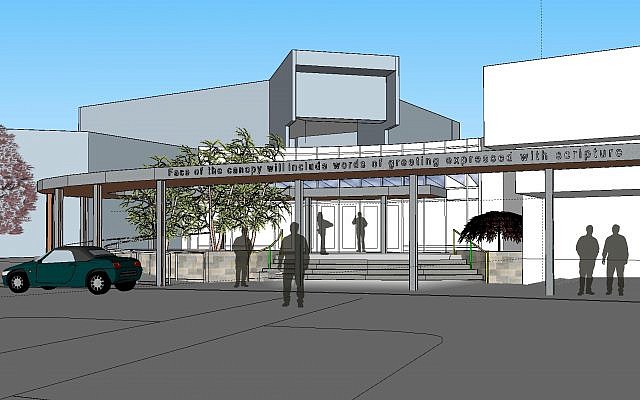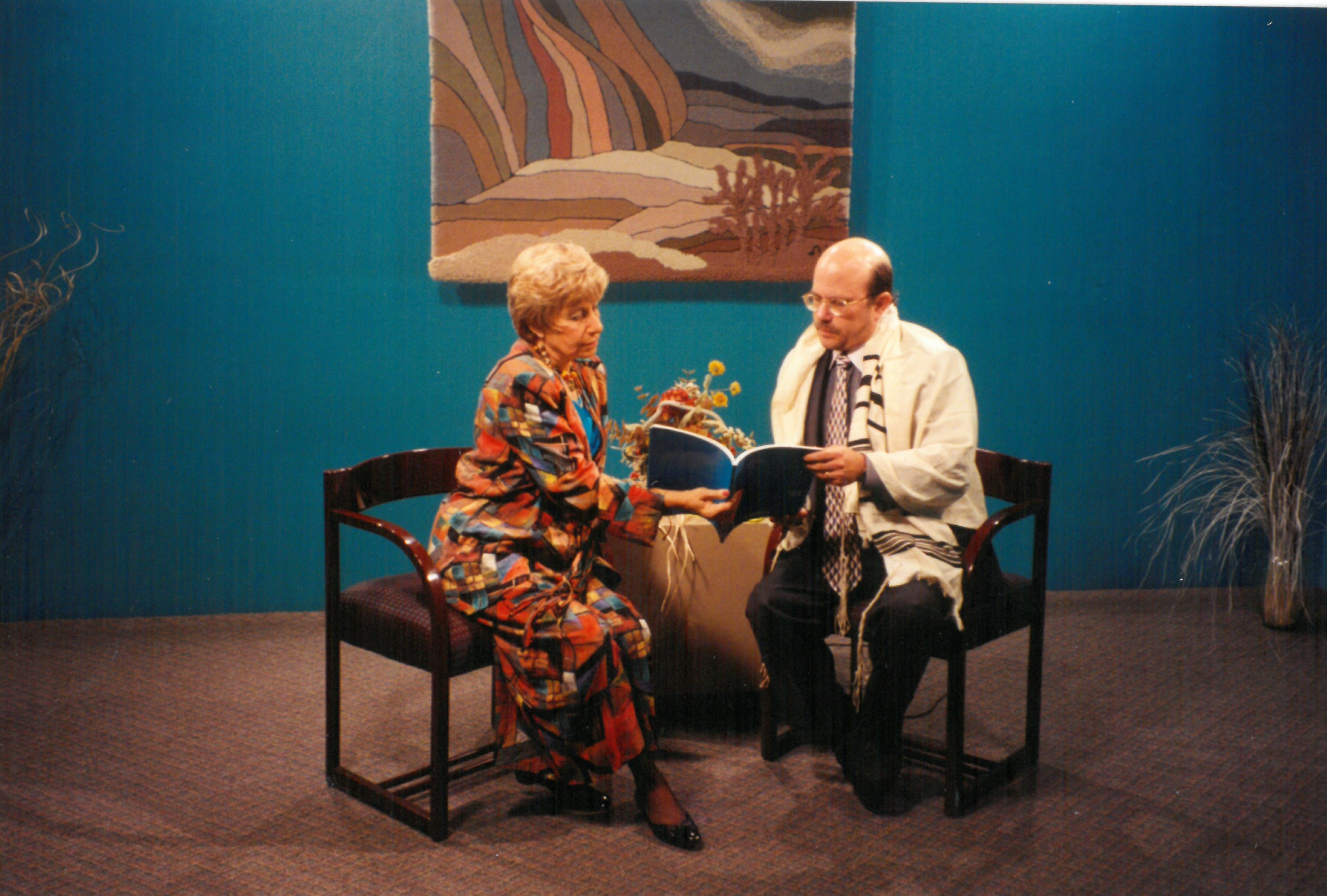Redesigned Temple Sinai Built on Inclusion
Get a look behind the scenes behind the thought processes behind Temple Sinai's focus on inclusion in its renovations.

More than 50 years ago Jan Epstein was among a small group that began discussing how to start a new Reform temple in Sandy Springs. During the planning for that temple, which became Temple Sinai, they didn’t talk much about handicap access.
But with the implementation of the Americans With Disabilities Act of 1990 and a demand to open temples and synagogues to everyone, Epstein has made accessibility for the aging and disabled a major priority for the past 20 years.
When Temple Sinai rededicates its newly redesigned and remodeled building Sept. 22, just before Selichot services, it will be the culmination of her efforts to make the building more user-friendly.
Epstein has served as president of the congregation, directs a leadership training program there, and sat for 16 years on the national board of the Union for Reform Judaism, the main body for that denomination.
“We put our rabbis in wheelchairs and took them through the building and we found that while you could get a wheelchair into the men’s room, you couldn’t get a wheelchair into the stall. They could see for themselves what we were dealing with.”
Not only is Temple Sinai upgrading its physical space, but this year it has scheduled a high holiday service for those who have physical and mental limitations. The service will be held Oct. 6, at 2 PM at the Zaban Tower. It is open to the entire community and was developed with consideration for those with special needs.
“The service booklet has big print,” according to Epstein, “and I would describe it as a quiet, soothing service. We’re doing it on a Sunday, which will make it easier for family members to attend. We want to see how we can best serve a community of people who have issues that would make it difficult for them in a big service.”
Epstein, who has a 20-year-old grandson with special needs, co-chairs the Hineni (Hebrew for “here I am”) committee on accessibility at the temple and worked with design professionals to make sure her concerns were heard.

“I met with the architect and the contractor and said I am here for only one reason and that is to make sure that you make our entrance to the temple accessible for wheelchairs, walkers and canes.”
Temple Sinai, which already had a wheelchair ramp by the front door, redesigned it and then renovated virtually every public space to make each more user-friendly and comfortable for its members.
Temple Sinai Executive Director Jack Feldman supervised the extensive remodeling job, which closed the temple to the public this summer.
“I am very proud of the work we’ve done. Our congregants who attend our high holiday services in the newly redesigned building are going to be very impressed.”
The Temple design committee made sure that worshippers will see and hear better than ever. There’s a new state-of-the-art sound system in the main sanctuary, chapel and library.
Those wearing hearing aids with a telecoil (t-coil) will be able to receive an amplified audio signal directly in their ear. New LED lighting has been installed throughout the building and new furniture that emphasizes ease and comfort has been put in place. Members with walkers, wheelchairs and other mobility issues will be able to open the doors of the main sanctuary with the press of a button.
All of these changes at Temple Sinai and at other congregations around the country are driven, in part, not just by the disabled, but by a growing number of seniors, who are among the most active participants in religious programs and worship services. Temple Sinai is a prominent member of the URJ, which has made accessibility a major concern.
With a grant from the Ruderman Family Foundation, the URJ has designed an online Disabilities Inclusion Learning Center that helps congregations in search of further information on topics such as early childhood education, mental health, and services for the deaf. Each February for the past 10 years, the movement has observed Jewish Disability Awareness and Inclusion Month.
Still, there are some who believe that the Jewish community can do more to promote inclusion. Sheri Denkensohn-Trott became a quadriplegic at the age of 16, but went on to a 25-year career as an attorney and helped found a national organization called Happy on Wheels.
“When it comes to disability, I have found that inclusion is still not fully understood,” she wrote on the URJ website, “and because religious organizations are exempt from laws such as the Americans with Disabilities Act (ADA), there is no legal mandate for compliance. This exemption creates a major missed opportunity – to learn, adapt, and lead – and that opportunity has the possibility to positively impact the lives of all of G-d’s creations.”



comments